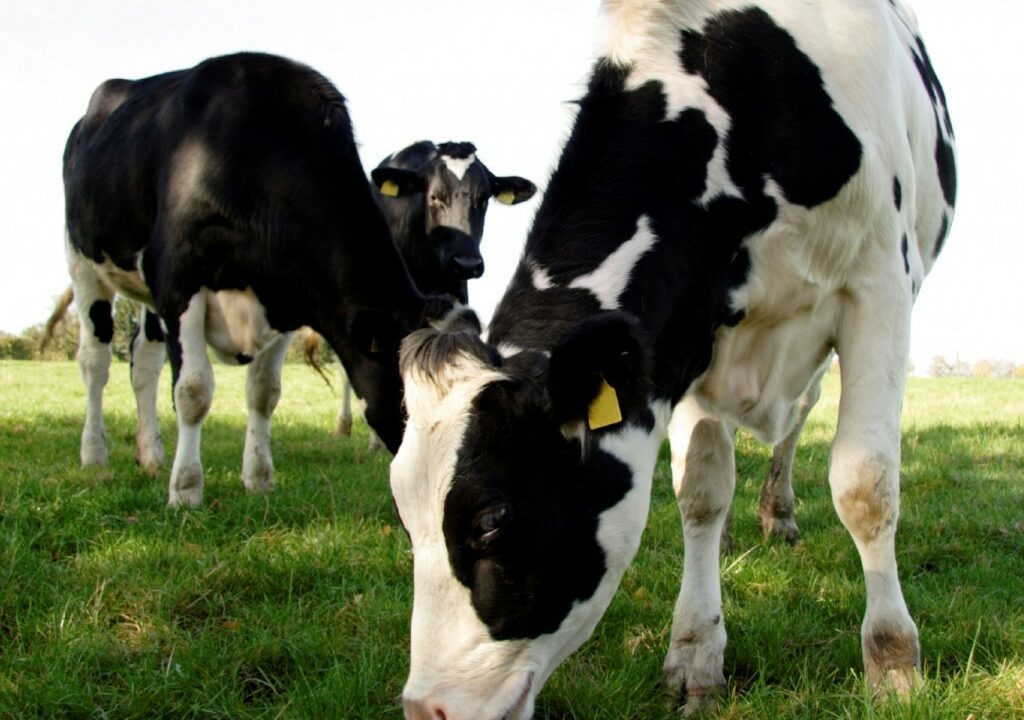Grassland quality must be maintained as cows enter the 2017 breeding season,” according to Ballina-based Teagasc dairy advisor Brendan Garry.
“It’s a bit of a mixed picture, where grass availability in the northwest is concerned. Some farmers have already managed to get 100 units of nitrogen per acre out on their grassland areas. And this is very much in line with Teagasc recommendations.
“But, in a number of cases, farmers may only have applied half this level.”
Garry is concerned that, on those farms where turnout has only recently been achieved, grass covers may be excessively heavy.
Turning cows out into paddocks that are too mature will serve to reduce milk solids. It is also a far from perfect preparation for cows in the run-up to the all-important breeding season.
Garry is advising all dairy farmers to walk their entire grazing areas over the coming days to accurately assess the state of their sward covers.
“If grass is getting ahead of cows, then surplus paddocks should be cut and the grass made into bales,” he said.
He is also mindful that the weather is about to turn wintry in places – for a few days.
“The good news is that the land has dried up in the Mayo area over the last few weeks. This should allow the soil to absorb most or all of the rain that is forecast without there being a knock-on effect on ground conditions.
But it’s important that farmers should strive to get as much fresh grass as possible into their cows, even if the weather turns unseasonal over the coming days.
“Under such circumstances, producers should revert to early spring management techniques. These include the use of back fencing and on/off grazing,” he added.
“Changing cows’ diets at this time of the year can have a negative impact on milk quality.”
